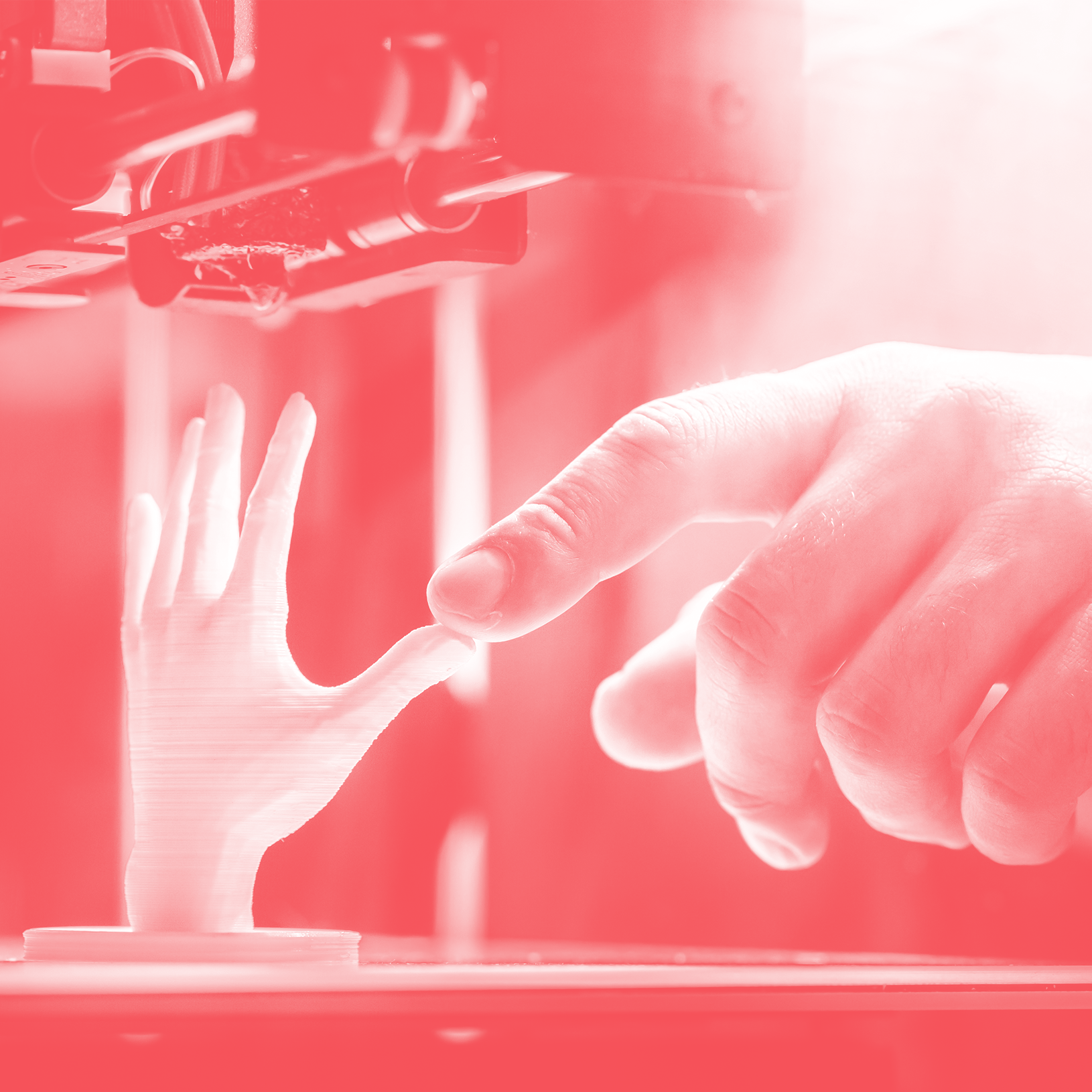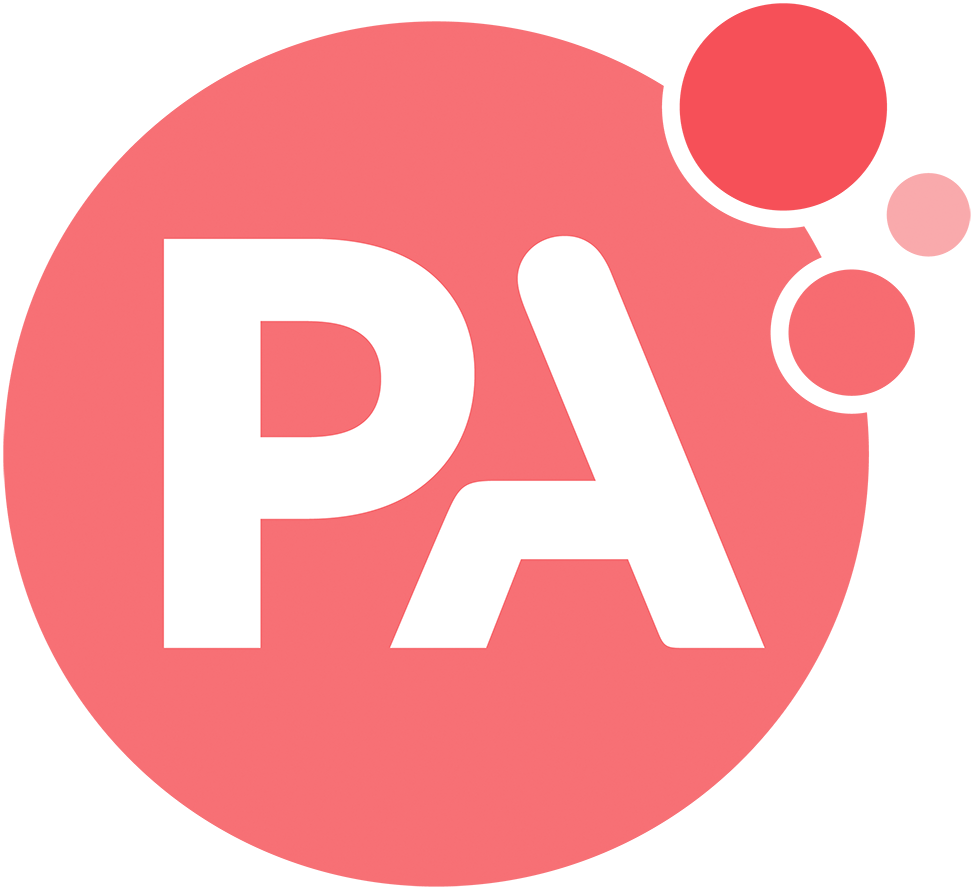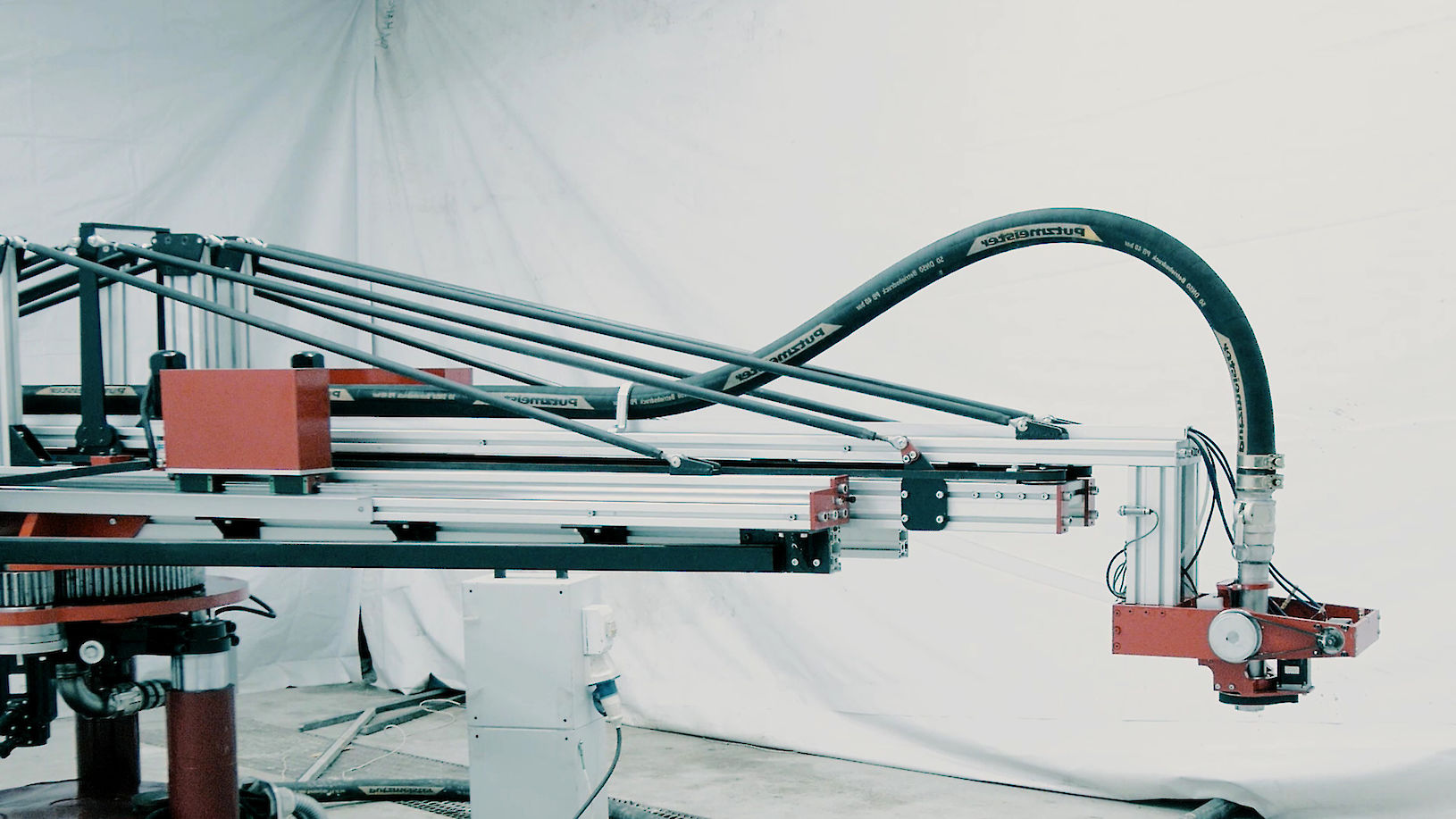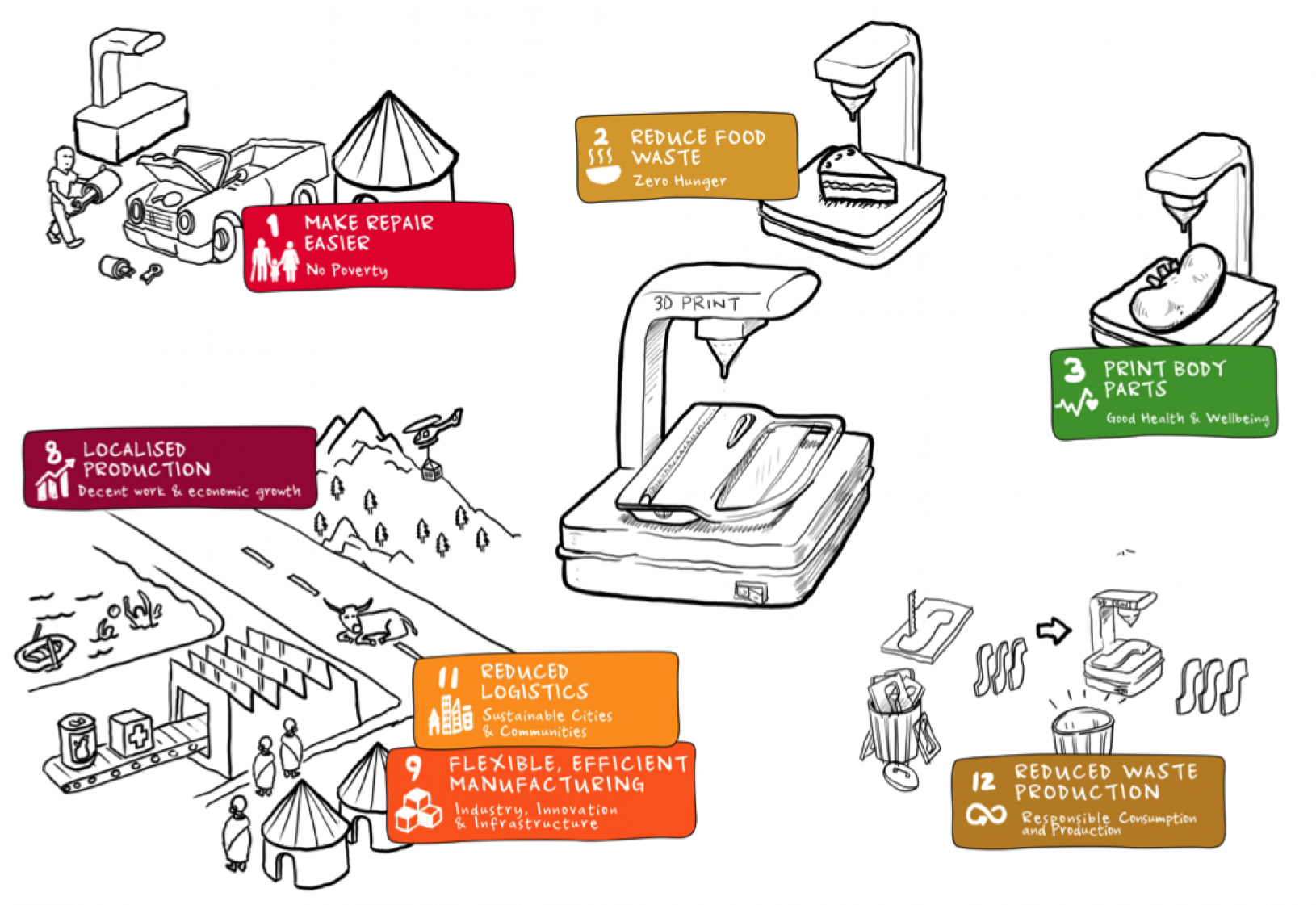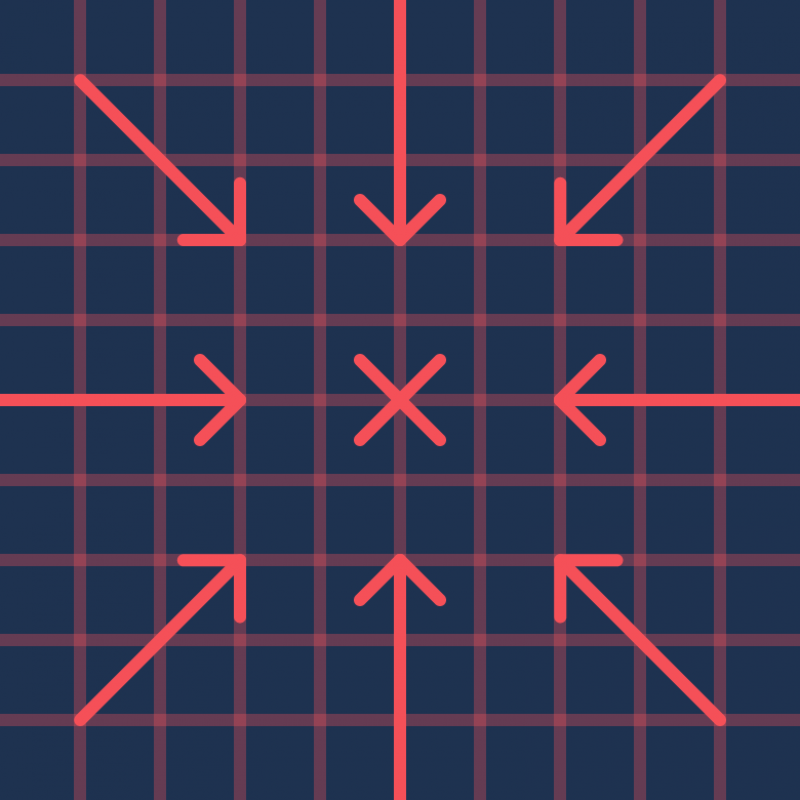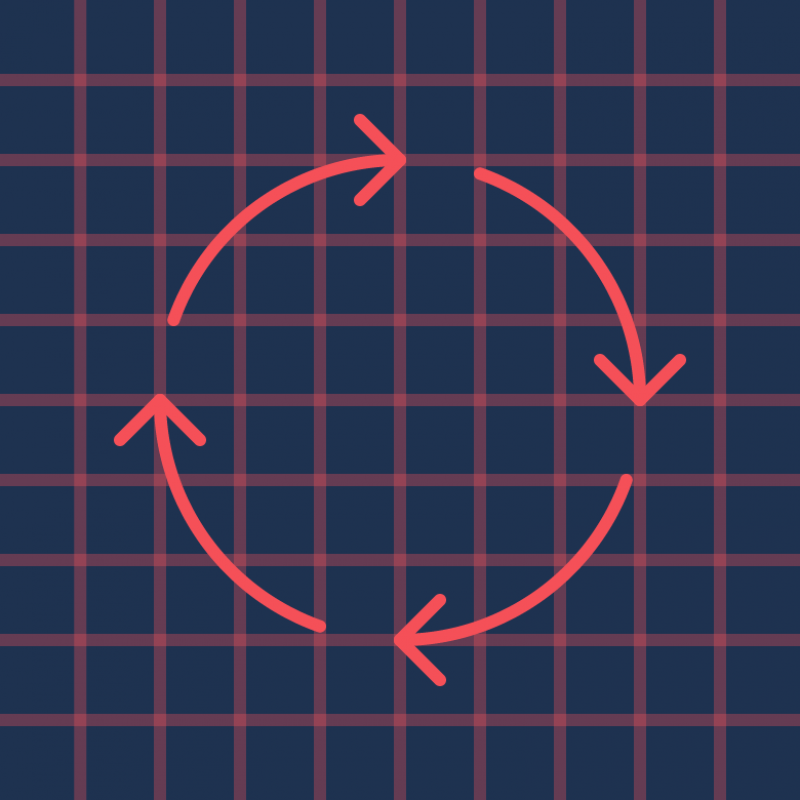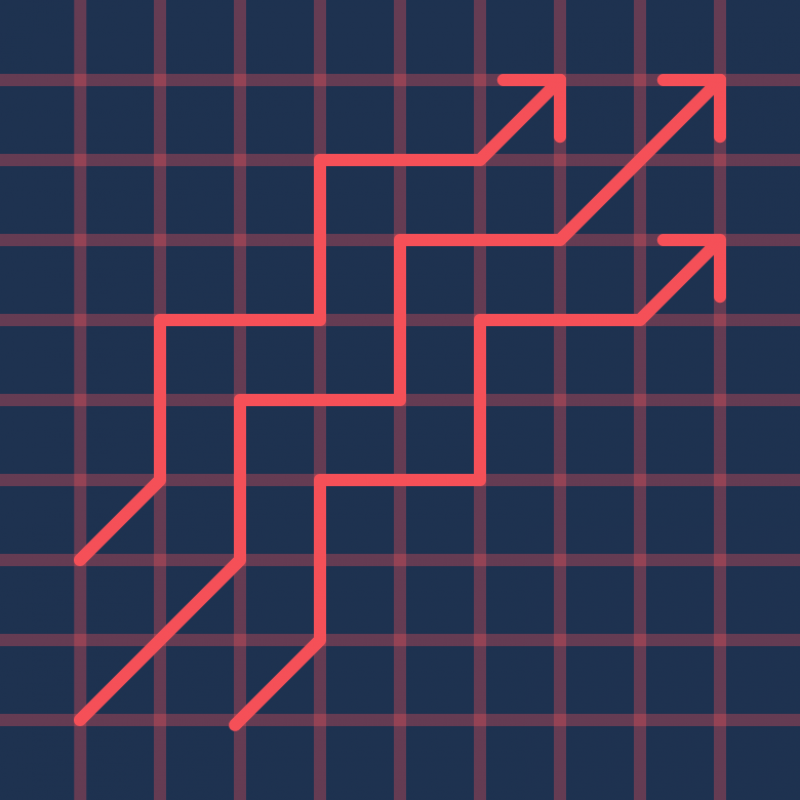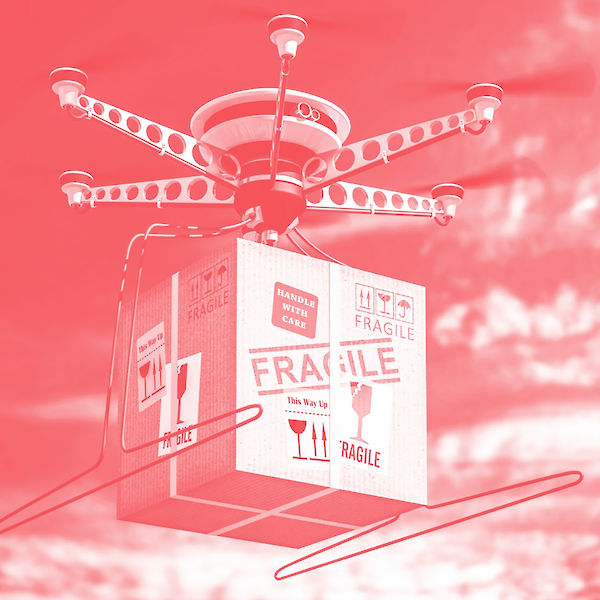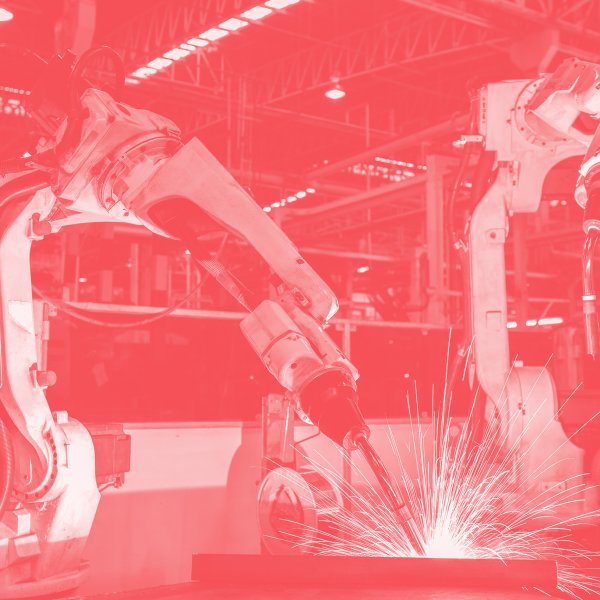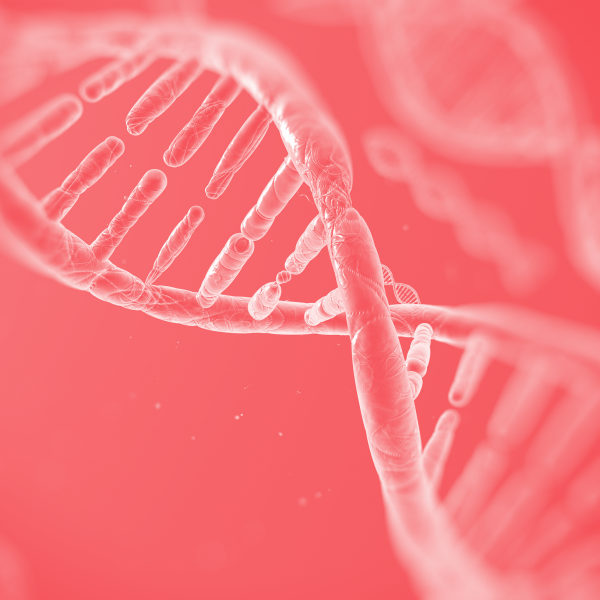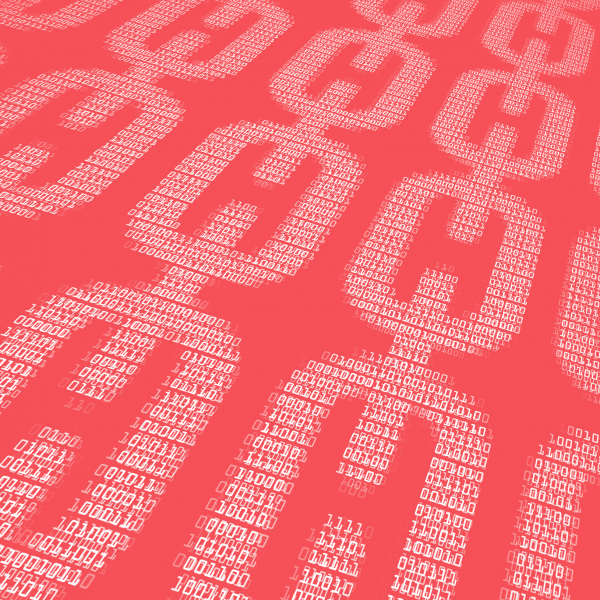The technology
Additive manufacturing (or 3D printing) has developed from a number of technologies that emerged over the past 20 years, including software, automation, materials science and post-processing. The technology is now available through off-the-shelf printers and is increasingly being integrated with conventional production technologies for industrial applications.
The potential
Additive manufacturing can reduce waste, challenge global supply chains (through localised manufacturing) and offers flexibility in the manufacturing process. Although the equipment required can still be quite expensive, new business models, such as Fab Labs, are increasing its accessibility. With the business case for using additive manufacturing in small scale and customised production already clear, we can expect to see rapid expansion of the technology’s applications in both industrial and consumer uses.
The barriers
Slow print times, the quality of surface finish and high raw material costs (materials are often specific to brands of printers) will impede adoption in mass production environments. However, in certain areas, such as food, the choice and accessibility of materials makes its use more attractive.
Concerns over how the technology could be used for illegal activity, such as 3D printing of guns, as well as fears over potential unemployment resulting from the disruption of current business models have captured headlines and are likely to remain issues as the technology develops.
